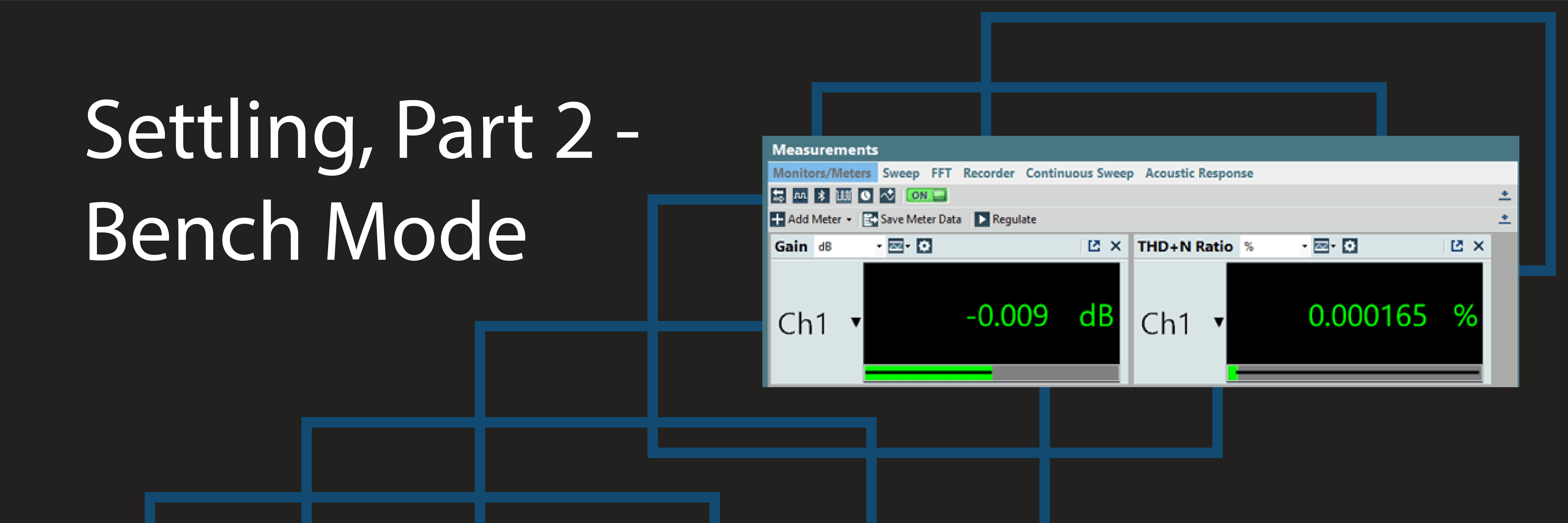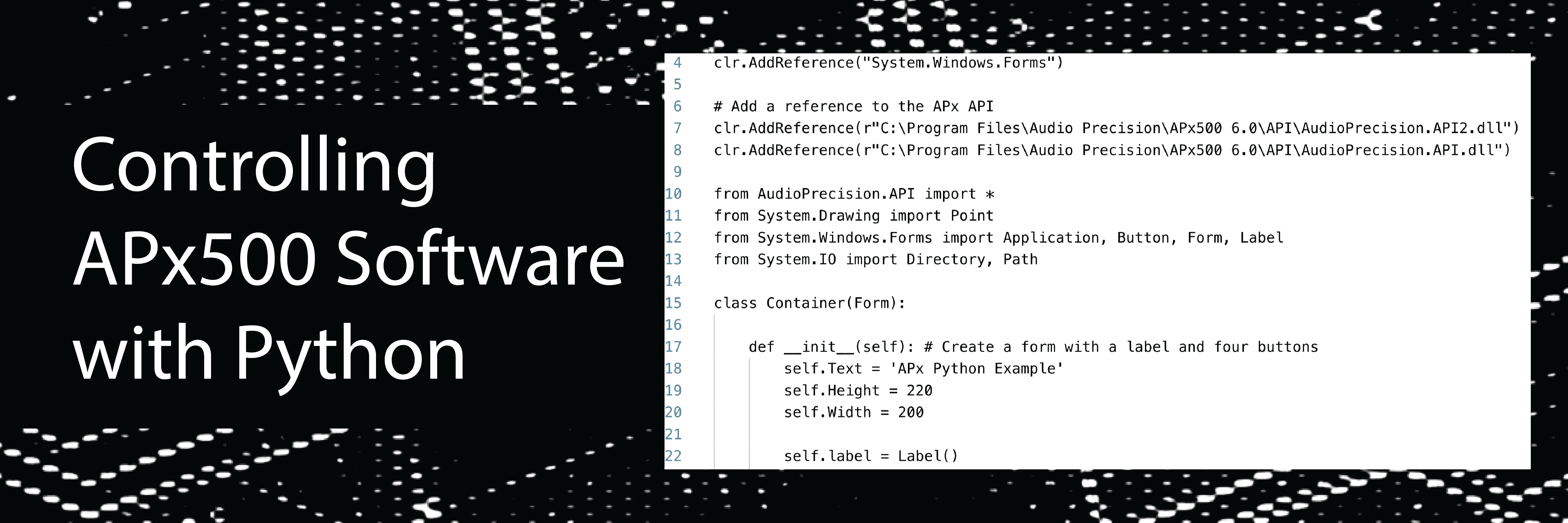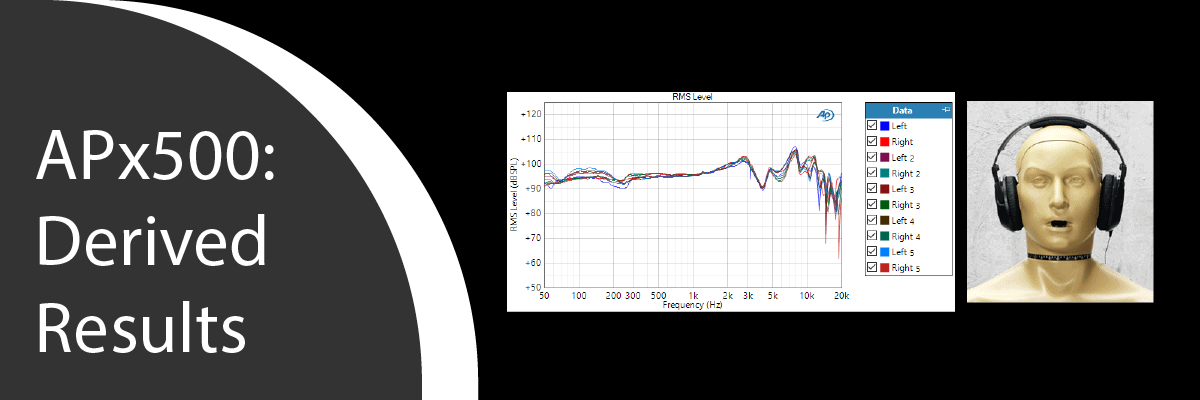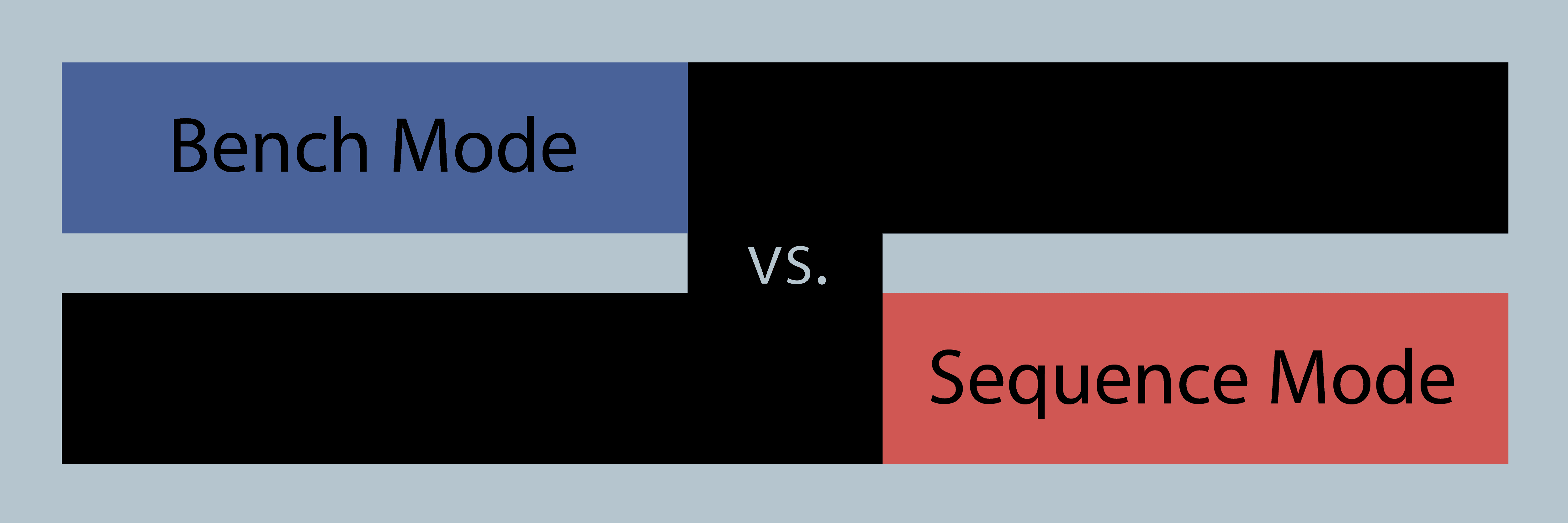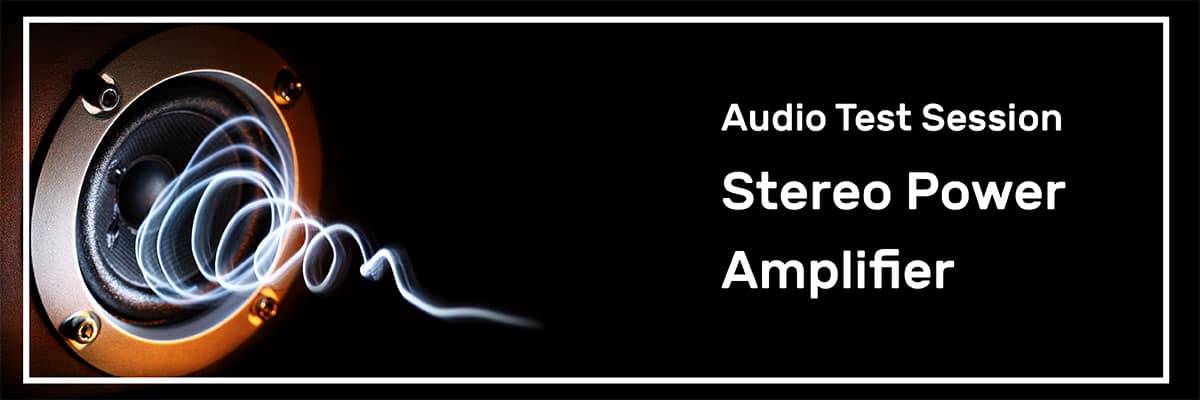Settling, Part 2 – Bench Mode
The first post in this two-part series covered Settling in Sequence Mode. In this second installment, we discuss Settling in Bench Mode.
About Settling
First, a quick review: When testing an audio device, whenever the stimulus signal changes abruptly in frequency, level or signal type, this causes signal transients that take time to dissipate before the system settles to a steady state condition. Our goal of making good, repeatable measurements requires that audio quality metrics be sampled under steady state conditions, after these transients have dissipated. Settling features available in the APx software provide tools to help us do this in our quest to achieve quality measurements in the most efficient manner.
Bench Mode Meters
APx has a variety of measurement meters that return readings of metrics like RMS Level, THD+N, Frequency, etc. In Bench mode, these meters are derived via filters or DSP calculations applied in the time domain, and they supply meter readings at a rate of up to 250 readings per second. In the Monitors/Meters section of Bench Mode (Figure 1), the readings displayed by meters are always unsettled; the system simply updates these meter displays several times per second, without applying any settling algorithms.

Figure 1. The Monitors/ Meters measurement in Bench Mode showing an RMS Level and THD+N Ratio meter.
Settling in Bench Mode vs Sequence Mode
In Bench Mode’s Sweep measurement, results display settled readings when Settling has been enabled (the default setting). Settling parameters in Bench Mode are accessible via the Settling dialog, invoked by clicking the Settings button in the Settled Readings section at the top of the Analyzer pane (Figure 2). Figure 2 illustrates settling parameters for an analyzer with four analog input channels.

Figure 2. The Settled Readings Settings button in the Analyzer pane invokes the Settling dialog.
The Settling dialog illustrates several features of Bench Mode settling that are different from Sequence Mode, as follows:
- 1. Settling for all meters can conveniently be enabled or disabled with one click of the Settling Enabled checkbox.
- 2. If any meter settling parameters have been changed, you can easily reset all meter settling parameters to their default values using the Reset All to Defaults button.
- 3. With the Settling Timeout control, you can specify the time in seconds that the system will wait for a settled reading to occur at each sweep step, when the Flat settling algorithm is selected. If a settled reading is not returned before the timeout period, a Timeout symbol T is plotted for that sweep step on the result graph to indicate that a settling timeout occurred (Figure 3). In Sequence Mode, this timeout period is fixed at ten times the settling time window (the greater of Delay Time and Delay Cycles).
- 4. Settling parameters can be configured independently for each input channel when Settling Parameters Track Ch1 is unchecked. This is handy, for example, if some channels have noisier signals than others. Note, however, that this setting applies to all the meters, not just the one currently selected in the Reading Type control.
- 5. In addition to the Flat and Average settings, the Algorithm control in Bench Mode has a choice of None. This can be used to disable settling on selected channels when Track Ch1 is unchecked.
- 6. A Points control is enabled for both the Flat and Average algorithms, and a Floor control is also enabled for the Flat algorithm. These are discussed below.
Flat Settling Algorithm
Just like in Sequence Mode, the Flat algorithm considers a series of sequential readings within a specified time window looking backward from the most recent reading. But in Bench Mode, the width of the time window is the greater of Settling Time, Settling Cycles and Points (a minimum number of successive meter readings). When all the readings in the time window are within ± t of the most recent reading (where t is the value of Tolerance), the measurement is considered to have settled and the last reading is taken as the settled reading. The Floor field is used when measured signals are at a very low level. In this situation, the Tolerance value, which is specified as a percentage of the signal level may result in a settling window too narrow for settling to reliably occur. The Floor setting establishes a minimum height of the settling window and thus reduces timeouts for low-level signals.
Average Settling Algorithm
The Average algorithm in Bench Mode computes the average value of all readings within a time period equal to the greater of the specified Settling Time, Settling Cycles and Points. (In Sequence Mode, the readings are simply averaged over a specified Averaging Time).
Timeouts
If your Bench Mode Sweep measurement results have T symbols on the graph, as shown in Figure 3, it’s an indication that a settling timeout has occurred and you will need to adjust the settling parameters to ensure settled readings. Don’t forget that the settling parameter controls are accessed from the Analyzer pane (Figure 2), not directly from the Sweep measurement.

Figure 3. A THD+N Ratio versus Measured Level Sweep result of a power amplifier with timeout indicators at several level steps.
Settling in Bench Mode Recorder
In the Recorder measurement, settling is disabled by default. It can be enabled by checking the Make Settled Readings checkbox in the Recorder measurement’s configuration pane (Figure 4). But, of course, this will drastically reduce the effective reading rate of the measurement.

Figure 4. The Make Settled Readings checkbox in the configuration pane of the Bench Mode Recorder measurement.
As mentioned in the post on Settling in Sequence Mode, the high reading rates of up to 250 readings per second available in Bench Mode Recorder make it a great tool when trying to solve settling issues. Graphs like the one in Figure 4 provide great insight into the length of time required for meters to settle at each sweep step, which can provide guidance when configuring settling parameters.
